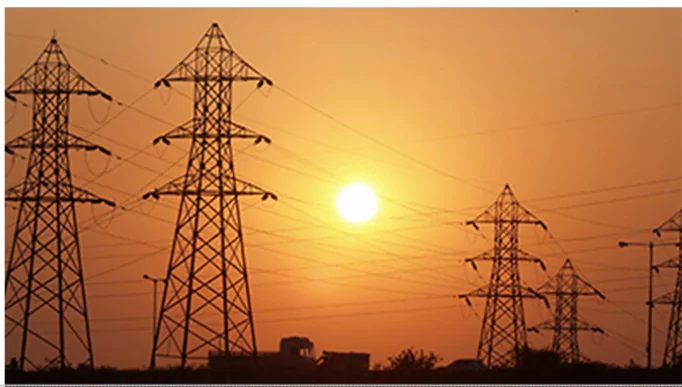A recent analysis revealed that larger, populous villages benefited far more from electrification compared to smaller hamlets.
About Deen Dayal Upadhyay Gram Jyoti Yojana

- Launch Date: 2005
- Objective:To provide and improve electricity access to Indian villages.
- It is a Centrally Sponsored Scheme
- Nodal Agency: The Rural Electrification Corporation (REC)
- Components of the Deen Dayal Upadhyay Gram Jyoti Yojana scheme:
- Separation of electricity lines for agriculture and non-agriculture facilitates judicious rostering of supply to consumers.
- Strengthening and upgrading the sub-transmission and distribution (ST&D) network in rural regions.
- Rural electrification was approved in 2013 for completing set targets for 12th and 13th plans.
- RGGVY was merged into DDUGJY and its budget was carried forward for new schemes.
- Coverage: The scheme covered all villages except those using non-conventional energy sources under the Ministry of Non-conventional Energy Sources (MNES).
- Eligibility Criteria: Villages with 300 or more residents were eligible for electrification; those with fewer than 300 people were not.
- Based on 2011 Census: The analysis relied on the 2011 census, the last complete official data available for India.
- Electrification Status: By 2022, 597,464 villages were electrified.
- In India, a village is considered electrified when 10% of households have access to electricity.
Enroll now for UPSC Online Classes
Salient Features of Deen Dayal Upadhyay Gram Jyoti Yojana
- Subsidy: 90% government subsidy; states contribute 10% through loans or other resources.
- State Commitments: Guarantee 6-8 hours of daily power and free connections for BPL families.
Key Findings from the Study on Electrification in India
- Village Size: Villages with 2,000 or more people experienced significant benefits from electrification.
- Economic Impact of Electrification
- small villages (around 300 people), per-capita monthly spending saw little to no change.
- Larger villages (about 2,000 people) experienced a doubling in per-capita spending, increasing by ₹1,428 ($17) per month.
- Unequal Gains for Small Villages
- Electricity access helps increase GDP nationally but doesn’t benefit small, remote villages as much.
- Villages with 300 people saw “zero return” after 20 years, with less than a 27% chance of recouping costs.
- Villages with 1,000 people had a 13% return, just above the cost-effectiveness threshold.
- Villages with 2,000 people saw a 33% return and a 90% chance of economic benefits exceeding costs.
- Cost-Effective Options for Small Villages
- Electrifying small villages is costly and has limited impact on poverty reduction.
- Small solar systems or mini-grids are more affordable options for remote areas.
- Grid expansion should focus on larger villages to achieve better economic returns.
Check Out UPSC NCERT Textbooks From PW Store
![]() 11 Sep 2024
11 Sep 2024

